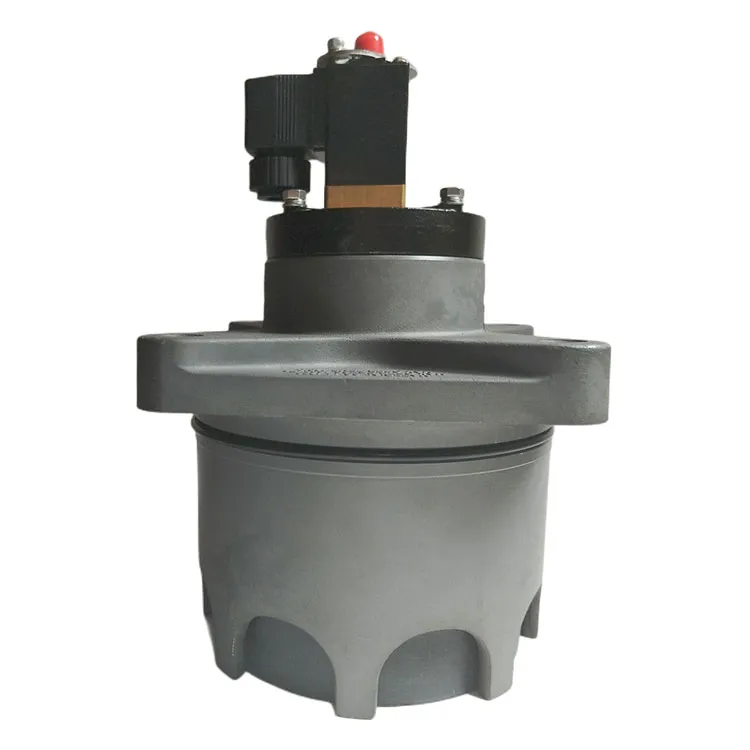How to Choose the Right Pulse Valve for Your System
2024-11-20
Pulse valves are critical components in dust collection and pneumatic systems, where they control the release of compressed air to remove accumulated dust or debris. Selecting the right pulse valve for your system ensures optimal performance, energy efficiency, and long-term reliability. Here’s a guide to help you make the right choice.
1. Understand Your System Requirements
Before selecting a pulse valve, evaluate your system’s operational needs, including:
- Airflow Demand: Determine the volume and pressure of air required for effective operation.
- System Configuration: Identify the type and number of dust bags or filter cartridges in your system.
- Operating Environment: Consider temperature, humidity, and exposure to corrosive materials or high-pressure conditions.
2. Determine Valve Type
Pulse valves come in various types, designed for specific applications:
- Diaphragm Valves: The most common type, offering quick response and reliability in high-frequency applications.
- Angle-Type Valves: Designed for minimal pressure loss, ideal for systems with low-pressure air.
- Submerged Valves: Installed inside the air tank, reducing pressure drop and increasing efficiency.

3. Match the Valve Size
Choose a valve size that matches your system’s air inlet and outlet dimensions:
- Correct Sizing: An undersized valve may restrict airflow, while an oversized valve can waste energy.
- Flow Capacity: Refer to the valve’s flow coefficient (Cv) or equivalent to ensure it meets the airflow needs of your system.
4. Check Material Compatibility
The valve’s construction materials should match your application’s environmental and operational conditions:
- Aluminum or Stainless Steel: Ideal for durability and resistance to corrosion.
- Seal Materials: Common options include nitrile, silicone, or Viton, depending on temperature and chemical exposure.
5. Consider Operating Pressure and Temperature
Verify the valve’s pressure and temperature ratings:
- Pressure Range: Ensure the valve can handle your system’s minimum and maximum operating pressures.
- Temperature Range: Select a valve that performs reliably in your operating temperature range.
6. Evaluate Actuation Method
Pulse valves can be actuated in different ways:
- Electrical Solenoids: Common for automated systems, offering precise control.
- Pneumatic Actuation: Suitable for systems with consistent air supply.
7. Look for Energy Efficiency
Efficient pulse valves minimize air consumption and reduce energy costs:
- Fast Response Time: Ensures quick release of compressed air for effective dust removal.
- Low Air Loss Design: Enhances overall system efficiency.
8. Assess Maintenance and Serviceability
Ease of maintenance impacts operational efficiency:
- Modular Design: Allows easy replacement of components like diaphragms and seals.
- Accessible Components: Simplifies inspection and servicing without system downtime.
9. Verify Certifications and Standards
Ensure the valve complies with industry standards and certifications:
- ISO Standards: Indicate quality and compatibility.
- Environmental Ratings: IP-rated valves offer protection against dust and water ingress.
10. Choose a Reliable Supplier
Work with reputable manufacturers or suppliers to ensure quality and support:
- Technical Support: Access to expert guidance for installation and troubleshooting.
- Warranty and Service: Look for products with robust warranties and after-sales support.
Conclusion
Choosing the right pulse valve involves understanding your system’s requirements, matching valve specifications to operational conditions, and ensuring quality and compatibility. Investing in the correct valve will enhance system performance, reduce energy consumption, and ensure long-term reliability. Always consult with an experienced supplier or manufacturer to confirm your choice.


